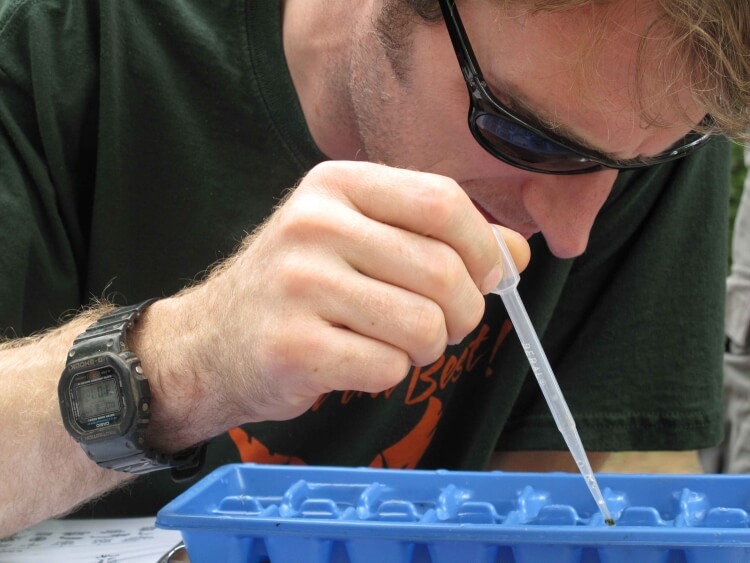3h
Human SCFR(Stem Cell Factor Receptor) ELISA Kit
Human SCFR(Stem Cell Factor Receptor) ELISA Kit
100ng/mL
Sandwich
0.61ng/mL
cell, stem
1.56-100ng/mL
Signal transduction;Tumor immunity;Hematology;
CD117; KIT; C-Kit; PBT; p145 c-Kit; C-Kit Receptor; Tyrosine-Protein Kinase; V-Kit Hardy-Zuckerman 4 Feline Sarcoma Viral Oncogene Homolog; Piebald Trait
E05 478 566 350 170 or Enzyme-Linked Immunosorbent Assays,E05 478 566 350 170 or Enzyme-Linked Immunosorbent Assays,Human proteins, cDNA and human recombinants are used in human reactive ELISA kits and to produce anti-human mono and polyclonal antibodies. Modern humans (Homo sapiens, primarily ssp. Homo sapiens sapiens). Depending on the epitopes used human ELISA kits can be cross reactive to many other species. Mainly analyzed are human serum, plasma, urine, saliva, human cell culture supernatants and biological samples.
ELISA Enzyme-linked immunosorbent assays Code 90320007 SNOMED,Stem cell factors and stem cell growth factors will produce stem cells or be part of a transdifferentiation process to produce other cells. A cell can transdifferentiate by going back to the naive stem cell stadium or directly into the other cell, helped by the stem cell and transdifferentiationf actors. Stem cell growth factors or stem cell factors are mostly used to produce iPSCs or induced pluripotent stem cells by Jamaka or Thomson factors by using for example 5 Lenti-III-CMV viruses, expressing the Yamanaka iPSC factor set (Oct4, Sox2, Nanog and Lin28) + GFP positive control. Trans differentiation will omit the stem cell stadium but stem cell factors sill play an important role in trans differentiation strategies.
The test principle applied in this kit is Sandwich enzyme immunoassay. The microtiter plate provided in this kit has been pre-coated with an antibody specific to Stem Cell Factor Receptor (SCFR). Standards or samples are then added to the appropriate microtiter plate wells with a biotin-conjugated antibody specific to Stem Cell Factor Receptor (SCFR). Next, Avidin conjugated to Horseradish Peroxidase (HRP) is added to each microplate well and incubated. After TMB substrate solution is added, only those wells that contain Stem Cell Factor Receptor (SCFR), biotin-conjugated antibody and enzyme-conjugated Avidin will exhibit a change in color. The enzyme-substrate reaction is terminated by the addition of sulphuric acid solution and the color change is measured spectrophotometrically at a wavelength of 450nm ± 10nm. The concentration of Stem Cell Factor Receptor (SCFR) in the samples is then determined by comparing the O.D. of the samples to the standard curve.
For cells, cell lines and tissues in culture till half confluency.Aplha, transcription related growth factors and stimulating factors or repressing nuclear factors are complex subunits of proteins involved in cell differentiation. Complex subunit associated factors are involved in hybridoma growth, Eosinohils, eritroid proliferation and derived from promotor binding stimulating subunits on the DNA binding complex. NFKB 105 subunit for example is a polypetide gene enhancer of genes in B cells.The receptors are ligand binding factors of type 1, 2 or 3 and protein-molecules that receive chemical-signals from outside a cell. When such chemical-signals couple or bind to a receptor, they cause some form of cellular/tissue-response, e.g. a change in the electrical-activity of a cell. In this sense, am olfactory receptor is a protein-molecule that recognizes and responds to endogenous-chemical signals, chemokinesor cytokines e.g. an acetylcholine-receptor recognizes and responds to its endogenous-ligand, acetylcholine. However, sometimes in pharmacology, the term is also used to include other proteins that are drug-targets, such as enzymes, transporters and ion-channels.
